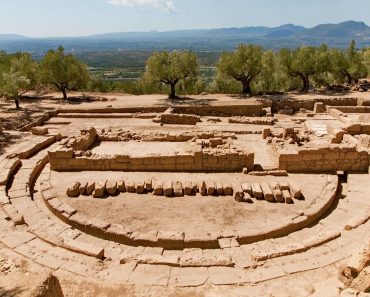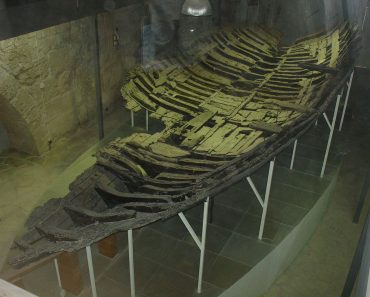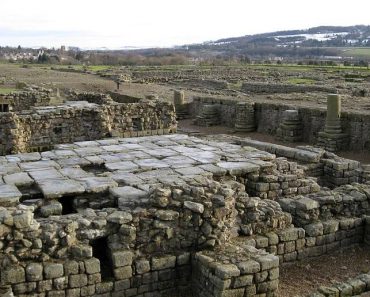
A team of Brazilian researchers is investigating a cave site featuring ancient paintings in Itatiaia National Park, near the border between Rio de Janeiro and Minas Gerais. The discovery, which could reshape the understanding of early human presence in the region, has drawn the attention of leading archaeologists and cultural preservation agencies.
Though the paintings were discovered in 2023 by Andres Conquista, an operational supervisor at the park, the news was kept under wraps to protect the site, which sits along a well-traveled hiking trail.
While hiking during a climbing trip, Conquista was drawn to a cluster of blooming red lilies. As he approached to photograph the flowers, he noticed a strangely-shaped rock nearby. Inside, he discovered the cave and its wall art. The National Historical and Artistic Heritage Institute (IPHAN), which oversees archaeological sites in Brazil, was notified shortly after the find.
“The first reaction was concern. I had never seen a cave painting before, so I didn’t know what it was. At first, I thought it might be graffiti left by tourists,” Conquista told Agência Brasil. “But a few seconds later, I noticed there were no names or dates. That’s when I realized it could be something very old. I took photos and shared them with the ICMBio staff.”
Conquista took photographs of the site and informed the staff at ICMBio, the federal agency in charge of Brazil’s conservation units. He later went with researchers on their first formal visit to the cave.
Researchers begin a formal investigation into the site’s origins
Archaeologists from the National Museum, the Federal University of Rio de Janeiro, the State University of Rio de Janeiro, and the park’s administration have since formed a working group to study the site. Their goal is to determine how old the paintings are, who created them, and what they can tell us about the early inhabitants.
MaDu Gaspar, an archaeologist at the National Museum, mentioned that the team is also surveying the surrounding landscape for signs of early human activity.

Preservation measures and historical significance
“Archaeological sites are overseen by IPHAN, and all activities—even those carried out by archaeologists—must be authorized by the institute. They are monitoring the site closely to ensure this archaeological discovery receives the attention it deserves,” the researcher explained.
Cameras have been installed, and park staff have received training to prevent unauthorized access. Although the exact age of the paintings is uncertain, early estimates suggest they could be between 2,000 and 3,000 years old. The team has uncovered evidence of ancient hunter activity in the area.
Gaspar emphasized the find’s significance, particularly in a region long regarded as fully explored by scientists. “We were surprised to come across an entirely new site. It’s not that similar sites don’t exist—they do, in places like Minas Gerais—but nothing like this had ever been found in Rio de Janeiro,” she said.
Anderson Marques Garcia, a professor at the State University of Rio de Janeiro, noted that most research in the state has focused on coastal regions, often overlooking the interior’s rich cultures.







